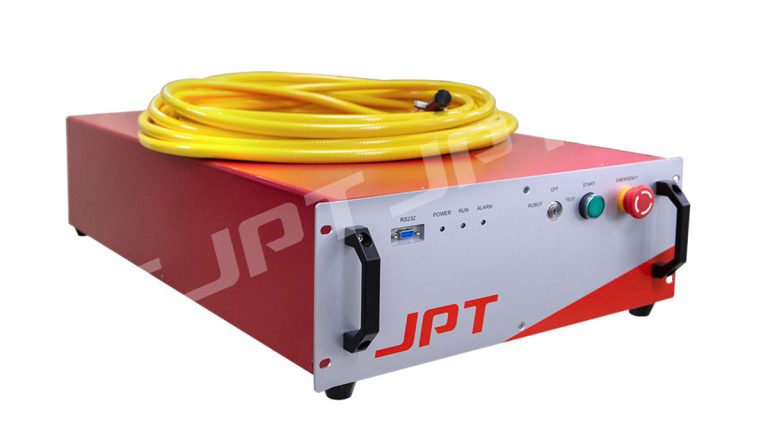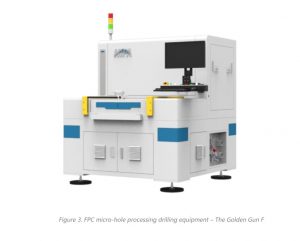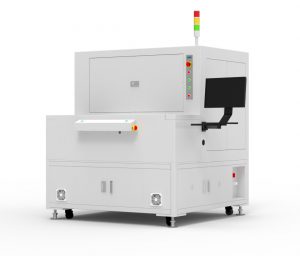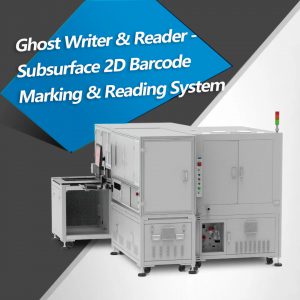Table of Contents
What is Raman Effect and how Raman Spectroscopy works?
Raman Spectroscopy is so vast non-destructive technique that almost all kind of chemical analysis can be made with it. Microscopic and imaging studies e.g. structure of samples whether it is solid, liquid or gas or it is gel or slurry or powder etc, can be made with the help of Raman Spectroscopy. Raman spectroscopy can provide data quantitatively as well as qualitatively.
Raman spectroscopy utilizes the properties of Raman Effect. When we irradiate matter with light, scattering occurs in two ways – Rayleigh scattering (wavelength of incident light and scattered light is same) and inelastic scattering (the wavelength of scattered light is changed in relation to incident light wavelength). The change in wavelength in case of inelastic scattering is the characteristic of molecular vibration.
This phenomenon was first discovered by Chandrasekhara Venkata Raman in 1928, for which he also received Nobel Prize in Physics in 1930. The wavelength changes are so small that they can be only observed with the help of monochromatic light.
To acquire the Raman Spectra, three components are very crucial i.e. Laser light, grating and CCD camera. When the target sample is irradiated with the help of the laser light, scattered light is passed through the grating. Grating distributes the inelastic part of light in the form like prism. These rays are redirected towards CCD camera which provides an ultimate spectrum in the form of Raman intensity.
The characteristics of laser suitable for Raman Spectroscopy
In Raman Spectroscopy, the choice of laser is one of the very important considerations. And it depends a lot on the kind of samples being tested. In fact, Raman signals are very weak and are inversely proportional to the fourth power of laser wavelength.
Naturally, the signals from near-infrared laser wavelength will be much weaker comparing with UV and visible wavelengths. But at shorter wavelength fluorescence emission becomes dominant that arises from samples, optical elements and backgrounds.
These fluorescence signals are big hindrance in acquiring weak Raman signals. In fact, there are many materials, which themselves emit fluorescence at UV and visible wavelength that drains the efficiency of weak Raman signals. In most of the cases a good compromise can be the laser wavelength of 785 nm minimizing the fluorescence impact considerably and offering good intensity laser signals.
Besides laser wavelength there are other laser parameters which plays there role in Raman Spectroscopy and they should be taken into considerations equally. These parameters are spectral linewidth, frequency stability, spectral purity, beam quality, output power and power stability, and optical isolation.
Generally DPSS lasers (single-longitudinal mode (SLM), distributed feedback (DFB) or distributed Bragg reflection (DBR) and Volume Bragg-grating (VBG) frequency-stabilized diode lasers) in continuous wave (CW) mode are used for Raman Spectroscopy.
The Confocal Raman Microscopy for High Resolution Imaging
In special cases where high resolution imaging is required we can take the help of Confocal Raman Microscopy. In Confocal Raman Microscope both Raman spectrometer and Optical Microscopes with laser, and detectors are housed together capable of generating high resolution images of especially small size samples. Optical Microscope magnifies the small size samples making the identification of small details easier. Raman Spectrometer measures the excitation vibration from scattered light.
Different applications of Raman Spectroscopy in Life Science industry
Raman Mapping of Pharmaceuticals
Raman mapping is similar to Raman imaging. The only difference is that in Raman Mapping, x-y-z-θ stage is used to move the sample from one place to another place. In pharmaceutical industry, Raman Mapping is used to track the distribution of the active pharmaceutical ingredient (API) for their density and blending distribution pattern.
Study of API distribution in tablets is required to determine the drug release rate. Also the particle size and spatial distribution of the API is also estimated with the help of Raman Mapping.
Raman Spectroscopy for in vivo analysis
Since the difference in incident and scattered photon energy corresponds to molecular vibration, detection of these scattered photons helps in identifying the typical molecular bond. In this way, we can precisely create a molecular fingerprint of the given sample that may be associated with DNA, RNA, proteins, lipids, and other biomolecules present in tissue or even just a single cell.
Raman Spectroscopy in High throughput screening
The combination of automated microscopy with image analysis applied to drug discovery and cell biology is known as high-throughput screening (HTS), high-content screening (HCS), and is frequently referred to as cellomics. high-throughput screening Raman spectroscopy (HTS-RS) platform combines automated imaging microscopy with Raman spectroscopy to enable a rapid label-free screening of cells and can be applied to a large number of biomedical and clinical applications.
Raman Spectroscopy for Identification of contaminants
Raman Spectroscopy can be successfully applied for the identification of contaminants in pharmaceuticals. It’s a non-destructive technique and can very efficiently identify different materials. Therefore, any foreign materials on the surface of tablets can be distinguished to confirm the material’s acceptability.
It is very important as Particulate matter in parenteral pharmaceutical drug products represents a potentially life-threatening health hazard. For injectable drug vials, Raman spectroscopy can be used with microscopy to count, size, and identify particulate contamination found in such vials.
Raman Spectroscopy for Skin depth studies
For measuring deeper penetrations, spatially offset Raman spectroscopy (SORS) is described as an effective method to obtain stronger signals in even deeper sample layers. Direct drug quantification is possible because of the linear correlation of molecule concentration and Raman scattering.
In the development of dermal drug formulations and cosmetics, understanding the penetration properties of the active ingredients is crucial and Confocal Raman Microscopy is a promising alternative for skin depth analysis.
UV laser at JPT lasers
JPT Laser is one of the global players with 500+ patent and software copywrite in hand. They offer UV laser with wide variety of characteristics. JPT SEAL laser is available at 355 nm with good power ranges (3W, 5W, 10W, and 15W). Their stable and compact resonator design makes higher laser efficiency, and high stability. These UV lasers of SEAL family has excellent beam quality (M2<1.2) and perfect spot characteristics (circularity>90%).
Continuous advancement in laser system has made the Raman spectroscopy a most advanced and versatile technique that today covers a wide spectrum of applications.
Recommend Reading

Safety Questions You Must Ask Before Purchasing a Laser Source
Table of Contents Laser Safety: Risks, Hazards The application of laser is broad. And therefore its impact can be realized everywhere. Today, it is hard

Laser Cleaning: MOPA Pulsed Fiber Laser VS CW Laser
Laser cleaning – using a focused laser beam to rapidly vaporize or strip the contaminants on the material surface. Compare with all kinds of traditional





